A vast improvement over 2020
As we say goodbye to 2021, we are grateful that so much has changed for the better since the pandemic shut us down in 2020. Friends of Georgica Pond Foundation was able to initiate and complete some important projects and we share just a few with you here.
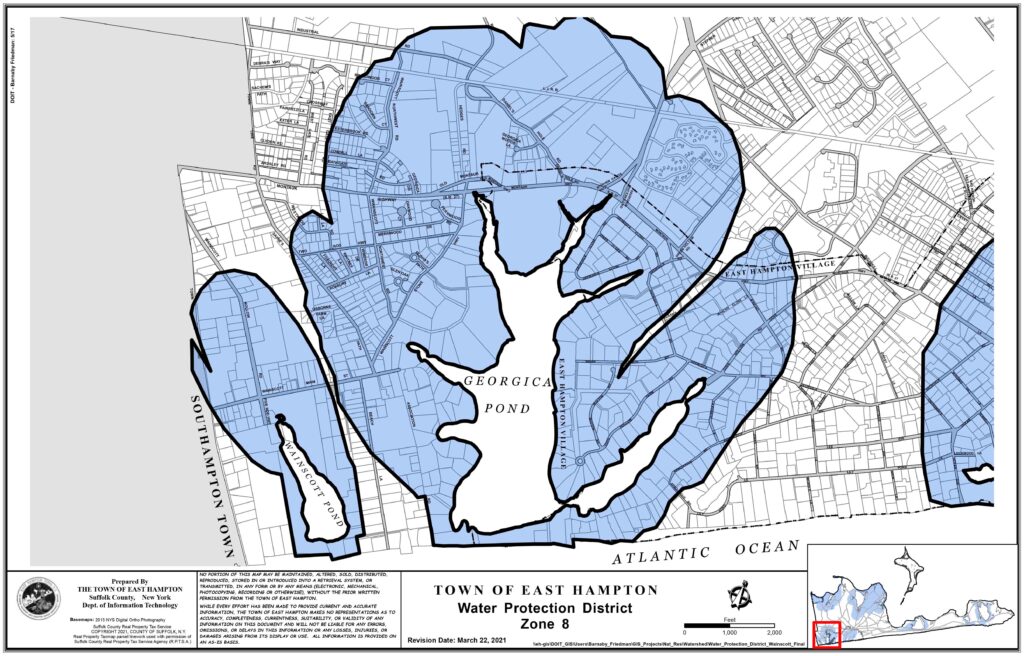
Septic Upgrades
The Town of East Hampton adopted the 10-year travel time zone as the new boundary for maximum payment of septic incentive grants. This greatly expanded zone allows many more homeowners to take advantage of the $20,000 incentive the Town will pay if you voluntarily upgrade your septic system to an I/A (innovative/alternative) system. Twenty-six antiquated systems have already been removed from the pond’s 2-year travel time zone and more are in the works. If you were not able to start this important process in 2021, we strongly encourage you to begin ASAP. These funds will not be available forever, and now is the time!
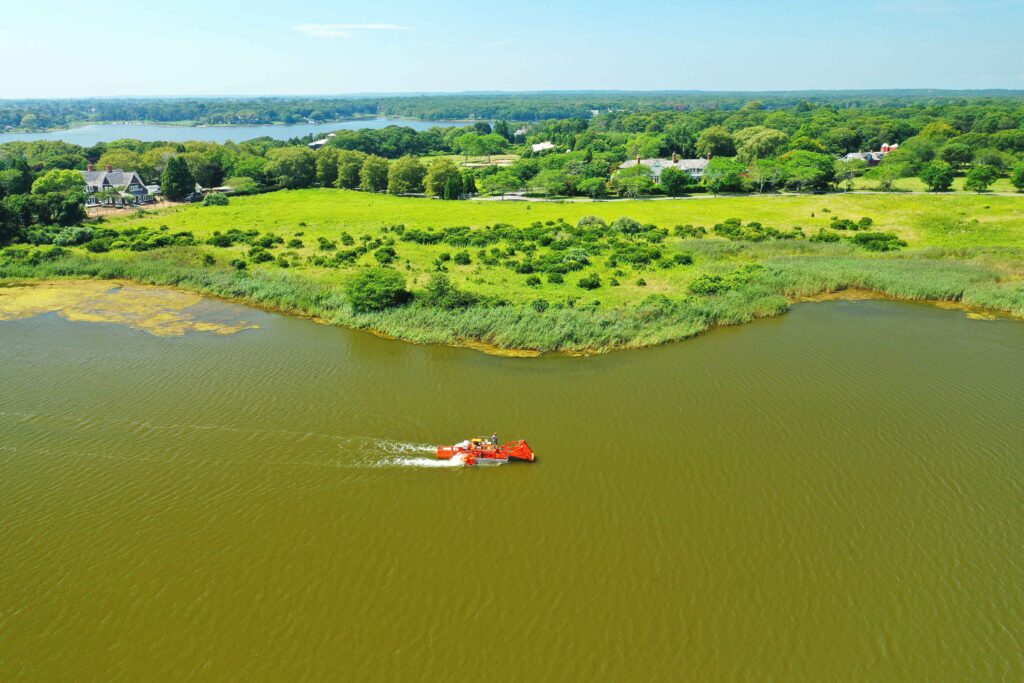
Aquatic Weed Harvester
In pond nutrient removal
After two years of work to obtain the necessary permits, the harvester was back on the pond during the month of August. The harvester program is now covered by a five-year permit from both the NYSDEC and the Town of East Hampton. A total of 50,540 pounds of aquatic plant material was harvested and brought to the Town recycling center for composting. This amount compares favorably to the amount harvested in 2018, the last time the harvester worked a full season when 91,140 pounds were harvested.
Carbon Array
Removing nitrogen from groundwater
Designed and installed by the Center for Clean Water Technology (CCWT), we completed the first experimental carbon array on a private property near the pond shore. Georgica Pond’s hydrology is unique, and the groundwater movement is greatly affected by whether the pond is open or closed. If the pond is very full, the groundwater stops discharging into the pond and can saturate surrounding land. The carbon array which consists of underground columns of organic matter such as wood chips and sawdust can perform the same function that I/A septic systems or PRB (permeable reactive barriers) do by converting organic nitrogen in the groundwater to nitrates/nitrites and then to harmless nitrogen gas.
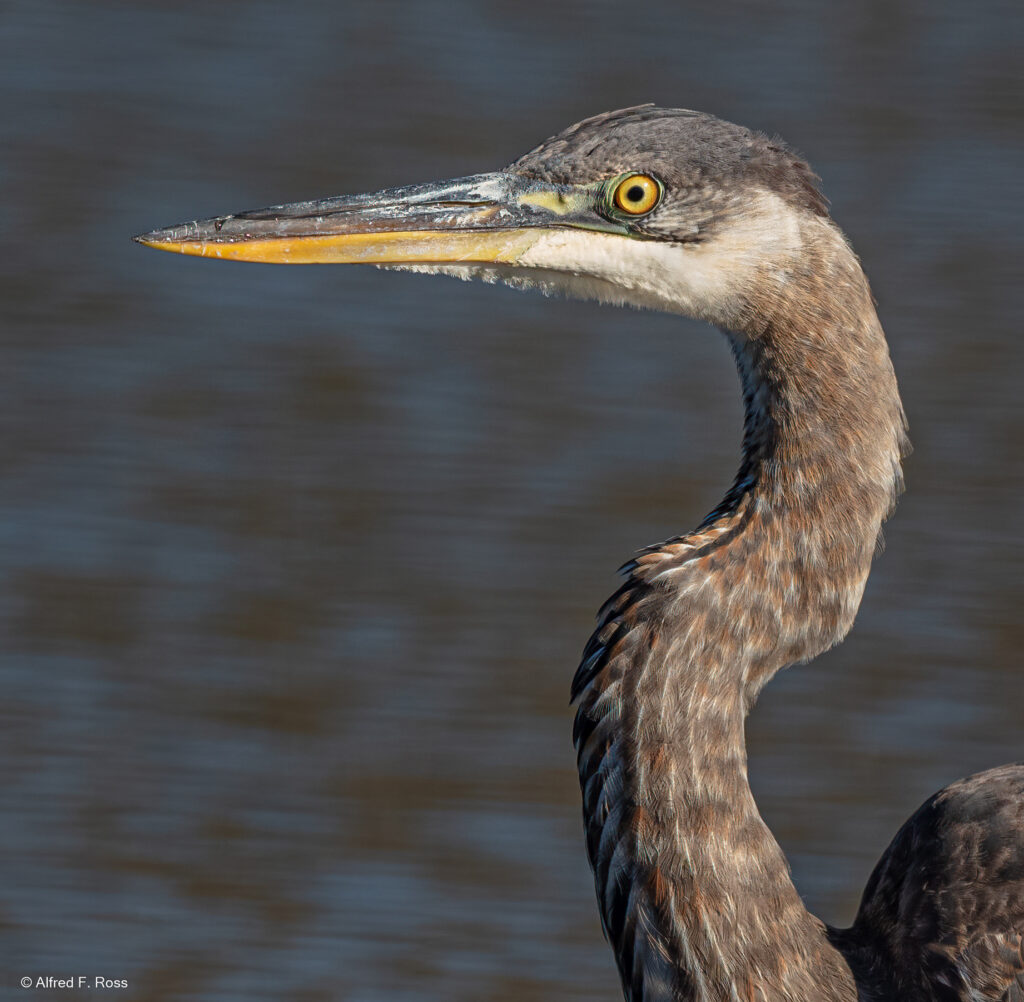
Bird Life
The shallow water near the shoreline at Georgica Pond is ideal habitat for wading birds. The great blue heron (Ardea herodias) is the king of the waders and is regularly seen at Georgica Pond, although it does not nest here. Our nesting shorebirds including the piping plover (Charadrius melodus) and least tern (Sterna antillarum) did very well this year. A total of six pairs of plovers nested along the pond and ocean and produced eight chicks. This is 18% of the total number of pairs in all East Hampton Town and 20% of the fledglings. According to Samantha Klein, Environmental Analyst for the Town of East Hampton, “Having both the pond and ocean as foraging grounds …helps them (the plovers) with predator evasion and conservation of their energy.” Samantha also commented that there were “significantly more plovers and terns at Wainscott Pond this year than in prior years.” The Georgica pair of bald eagles (Haliaeetus leucocephalus) produced two more young and the large, young, brown birds were observed by many, including many kayakers.
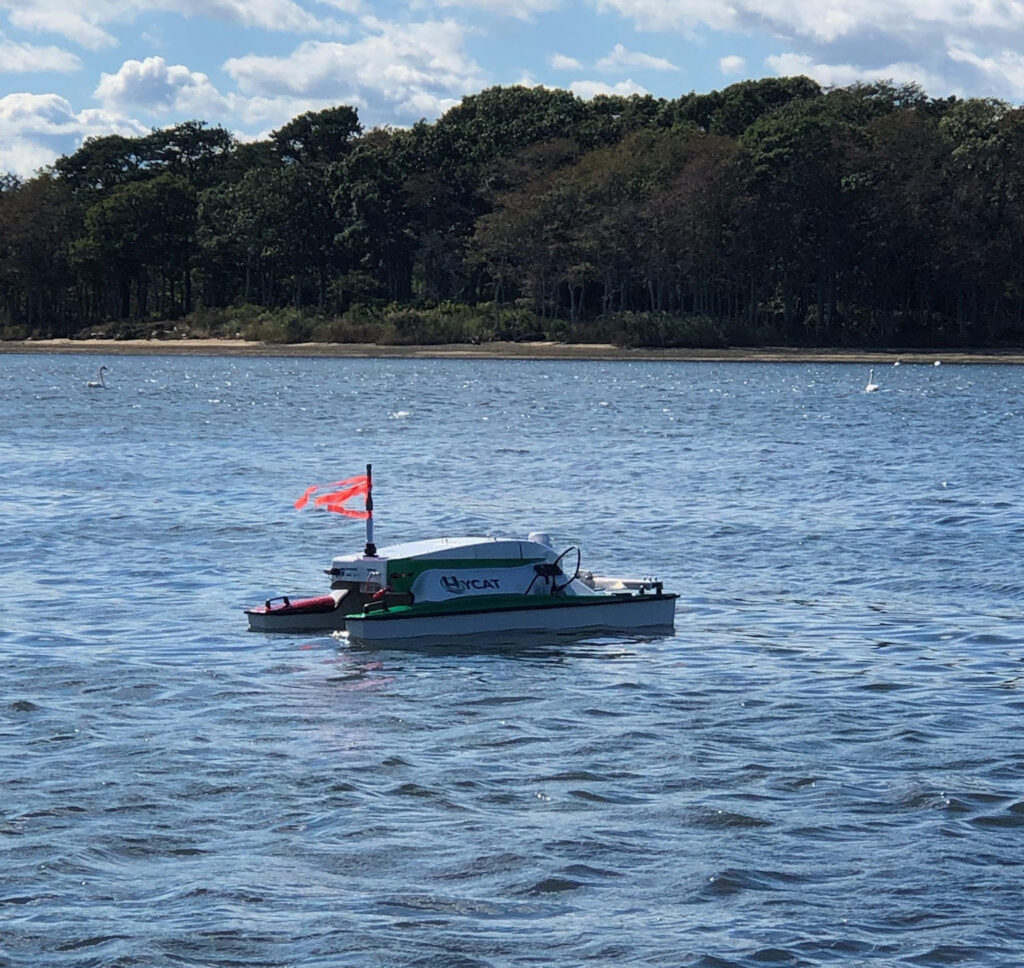
Advanced Monitoring
State of the art water quality monitoring by the Gobler Lab of Stony Brook University
Complementing the existing satellite telemetry water quality buoy and water quality hand sampling, the Gobler Lab added an autonomous sensor to measure water quality. The flexibility of this new sensor allows for a greater range of sampling throughout the pond.
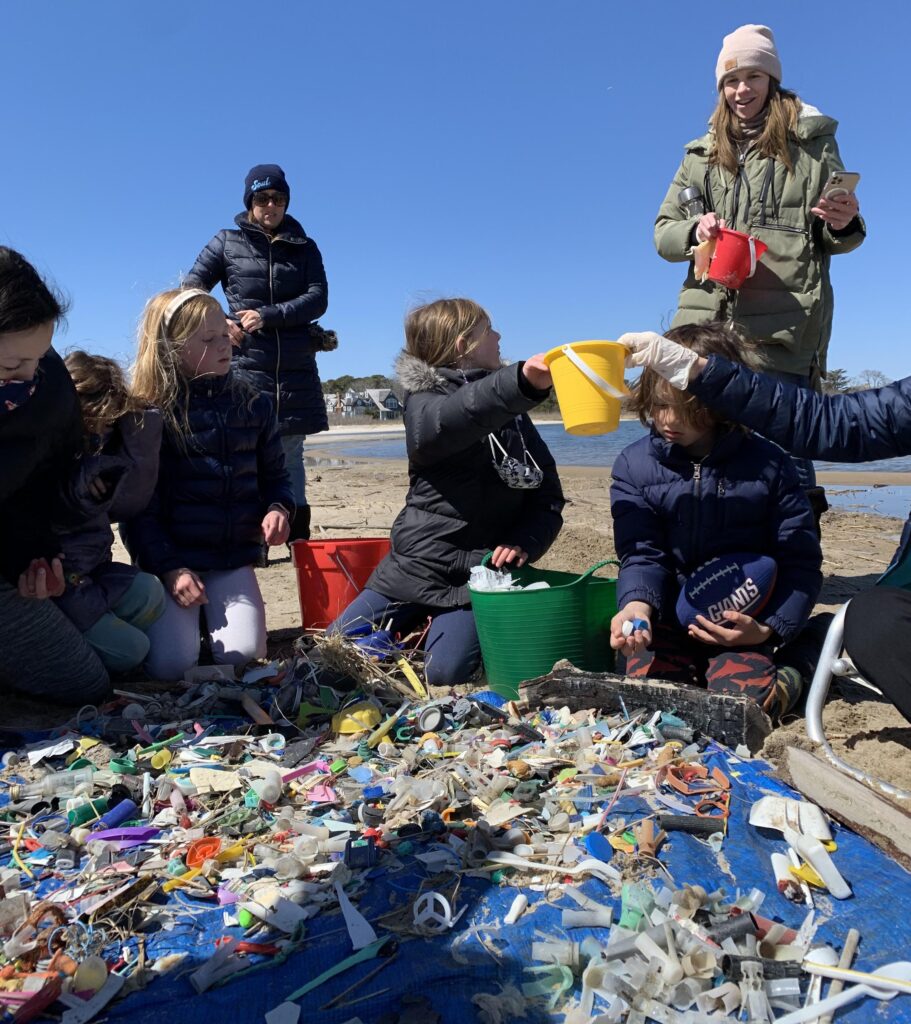
Plastic Clean Up
Beach clean-ups in April and September were organized by Friends in cooperation with the Surfrider Foundation and the East Hampton Town Trustees. Plastic debris was the target and those who participated were amazed at both the amount and type of plastic that washes into Georgica Pond. Some comes from the ocean and some from stormwater runoff—all is a threat to the unique estuarine and marine environment of Georgica Pond and the adjacent beach. The most common type of plastic collected at both clean-ups was plastic bottle caps. Something to be mindful of the next time you need water on the go.
Exciting Projects Ahead
We take a long view of our goal to restore Georgica Pond’s water quality. Significant progress has been made and more initiatives will begin next year that will help accelerate our progress. Our privately raised funds are used to leverage public dollars from programs like the Town of East Hampton’s Community Preservation Fund (CPF) and Suffolk County’s Water Quality Protection & Restoration Program. This progress would not be possible without your support; we thank you for your generosity.
